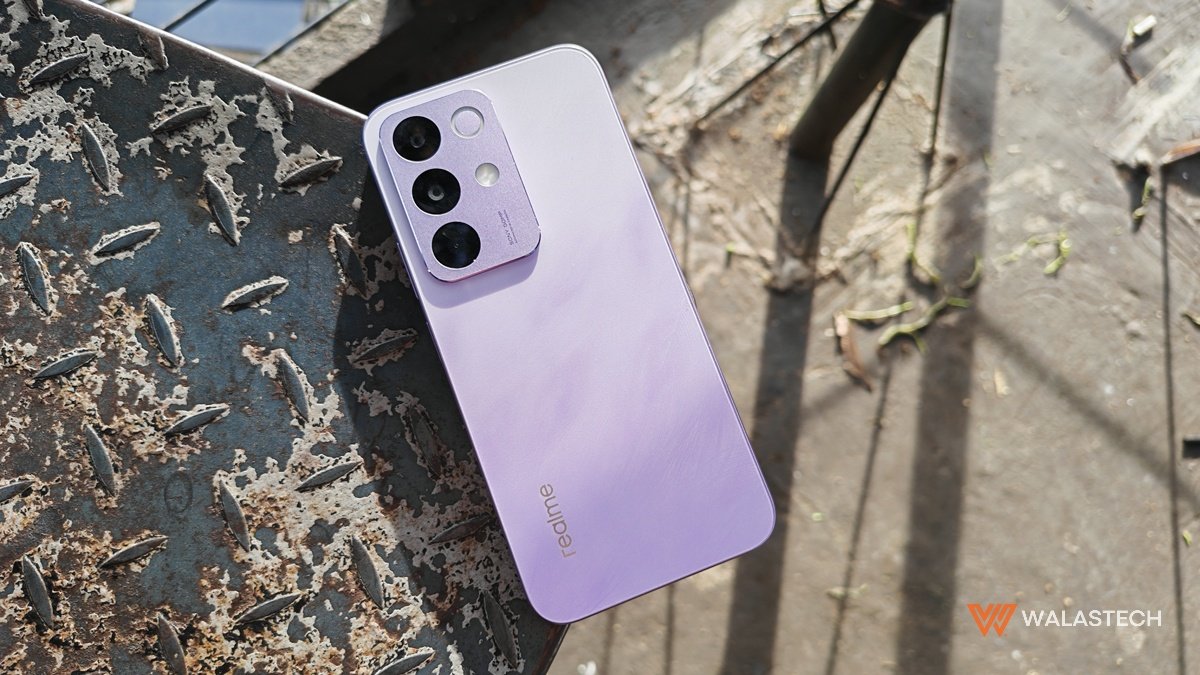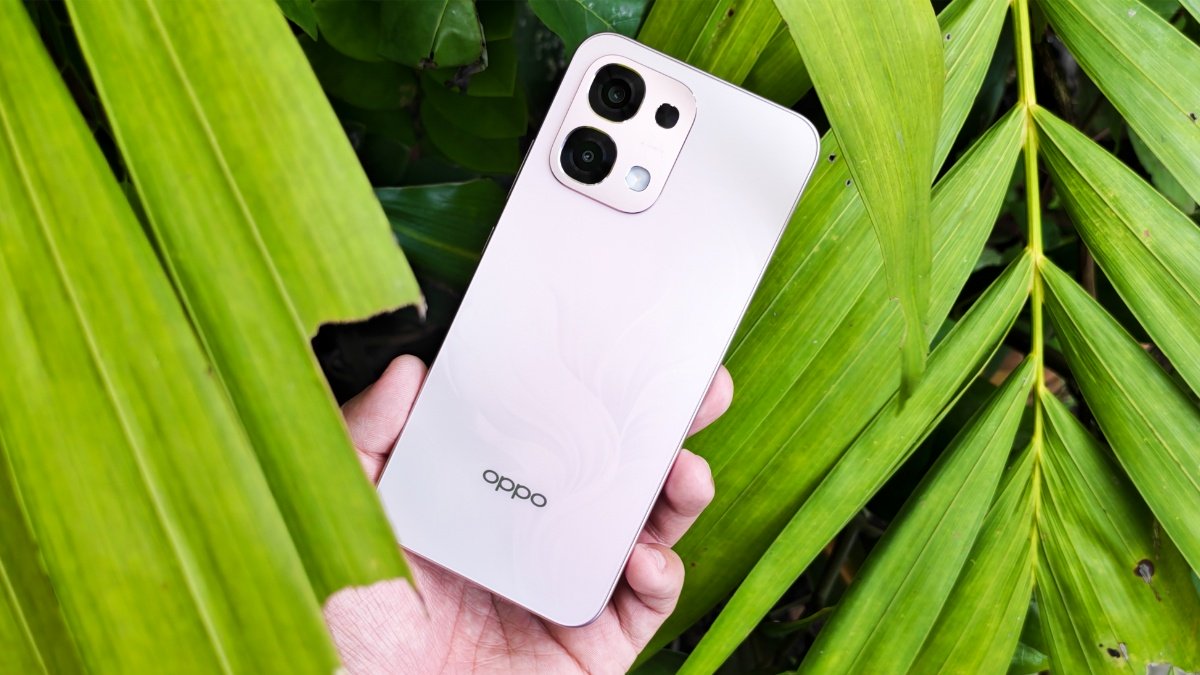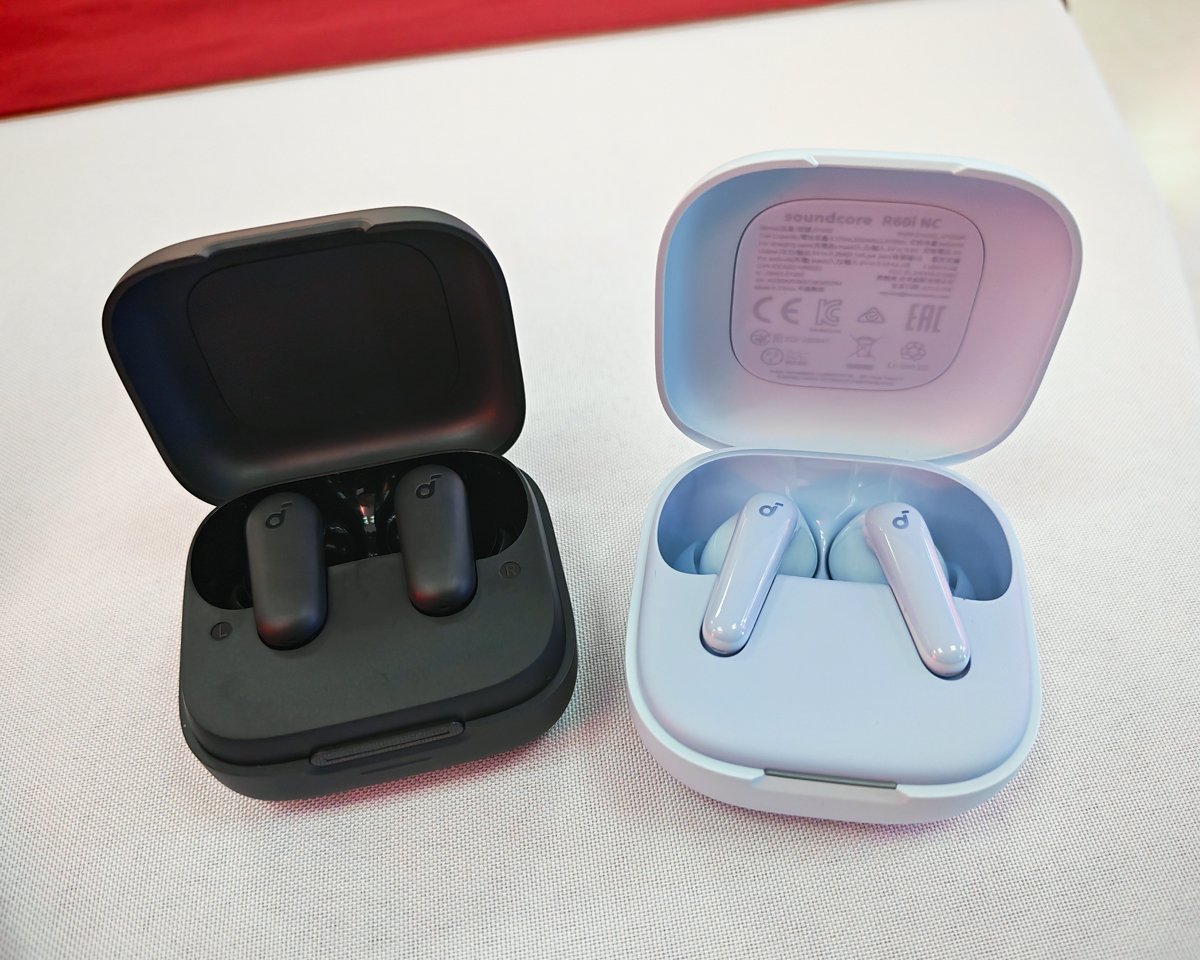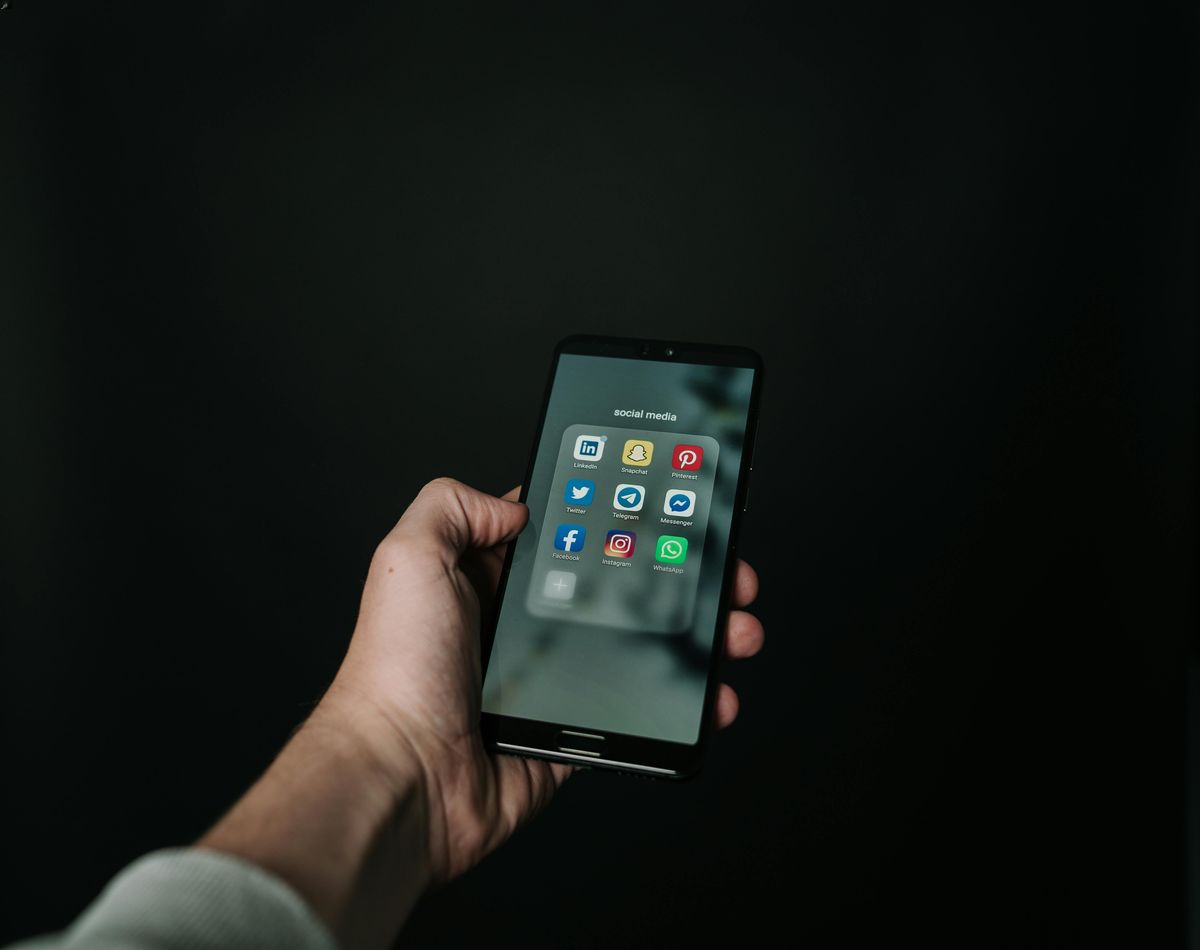Google announced a new rule that could shake up app visibility on Google Play starting March 2026. Apps that drain too much battery due to “excessive partial wake locks” will soon be marked for poor performance and may lose prominence in Play Store listings.

Why It Matters: The move raises the bar for energy efficiency on Android. With this new policy, Google aims to enhance user experience by ensuring apps don’t keep devices awake unnecessarily, which often leads to faster battery drain. Developers are now urged to optimize background processes before enforcement begins.
According to Google’s Android Developers Blog, the “excessive partial wake locks” metric has graduated from beta. It is now a core part of Android vitals—the performance dashboard developers use to monitor app quality. If more than 5 percent of an app’s sessions show over two hours of wake locks in a 24-hour window, it will be considered excessive.
Starting March 1, 2026, apps that cross this limit may be excluded from certain discovery surfaces on Google Play and could display warning notices on their listings. The new standard joins other core metrics like crash rate, ANR rate, and excessive battery usage under Google Play’s app quality guidelines.
Developers will have access to new data in Android vitals, including a table showing the top wake-lock tag names and their durations, helping them identify which background processes cause issues. Google recommends checking the Android vitals console and documentation for detailed optimization steps.
This initiative reflects Google’s continued effort to ensure Android apps meet performance and efficiency standards as mobile users demand longer battery life and smoother device operation.
Are your favorite apps ready for this battery crackdown on Google Play?





















Leave a Reply